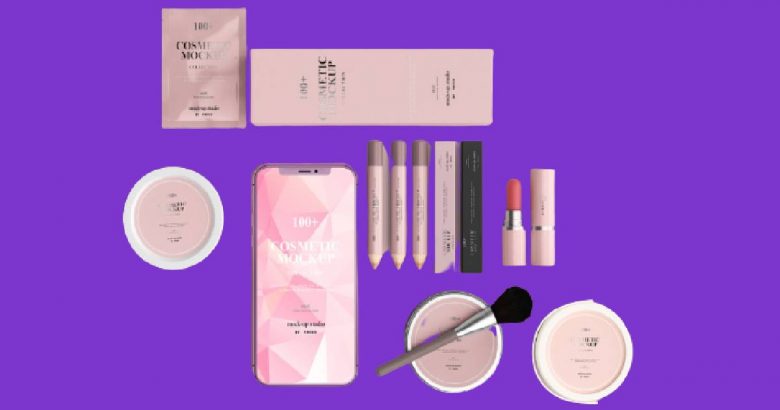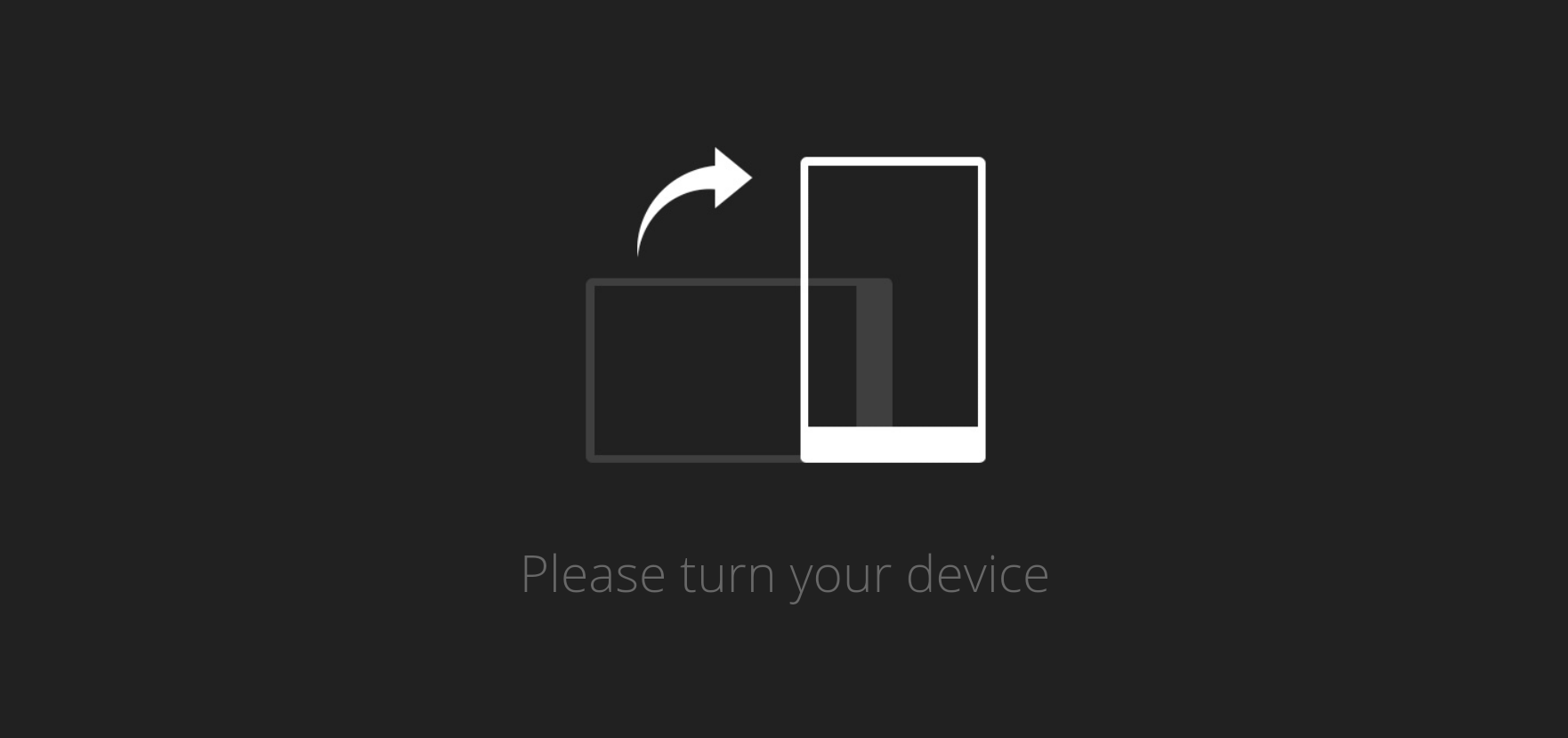
I Saved All My Empty Beauty Products For Two Years & Generated 13kg Of Plastic Waste
In recent years, there’s been a lot more awareness of how much waste, pollution, and single-use plastic is generated by our beauty obsession.
From refillable product stations, to shampoo bars, bamboo cotton rounds, and biodegradable packaging – brands have noticed the increased demand for green options and are happy to oblige.
Even beauty influencers (whose job it is to review products) have spoken up about the immense amount of waste generated by PR packages and an endless amount of tubes, bottles, compacts, palettes, and tubs of product which they can never hope to finish before expiration.
Samantha Ravandahl, an influencer with millions of followers across YouTube, Instagram, and Twitter, notably asked to be removed from all PR lists due to the accumulation of waste from both packages and products.
All this discussion about the environmental impact of the beauty industry piqued my curiosity. While I love all things makeup, fragrance, and skincare, I felt a lot of guilt about the amount of waste my little hobby was likely generating. It felt hypocritical to run around with a KeepCup and canvas bag, yet use makeup wipes that take over 100 years to break down.
So, I set out with a goal to understand how much waste I was generating.
At the start of 2019, I decided to keep a collection of all of my empty beauty products to bring more awareness to how much waste I was generating.
I set out to keep this collection for one year, before weighing the result and writing about it – but I quickly felt suffocated.
The empty products kept piling up, stashed in drawers and boxes under my bed, tubs in my wardrobe, and spilling over still. I felt completely suffocated and overwhelmed, like I was living in my own filth – the irony that many of these products were used to clean and primp myself.
I had meant for this little experiment to only last a year, but the waste kept piling up and I didn’t want to deal with it. At times I thought about abandoning the project and just throwing it all in the trash, but was overcome with guilt that I wasn’t actually solving the problem, I was just moving it somewhere else. I even moved house with the boxes of plastic waste – reassuring my flatmates that I’m not really a hoarder.
Every time I sat down to write, or resolved myself to finish this piece once and for all, I got caught up thinking about how easily we take our unwanted or discarded belongings and just dump them in the trash for someone else to deal with. Out of sight, out of mind. We never actually destroy the waste, we just move it to a landfill somewhere – or even worse, it ends up in the ocean or waterways.
How could I take this mammoth collection of plastic, and just wash my hands of it? It would still exist, just choking our sea turtles instead of gathering dust under my bed.
Two years later, I’ve accumulated over 13KG of plastic waste.

If I don’t slow down, by the time I reach an average life expectancy of 88, I will have contributed 432KG of plastic waste from beauty products alone.
I triple-checked the maths, asking myself, “What on Earth is beautiful about 432KG of plastic, or the pollution it took to create it?”
Ultimately, I have to discard the empty products. Luckily, as we become increasingly conscious of the waste we generate, companies have also increased their capacity to ethically dispose of beauty-related plastic packaging.
Terracycle is a notable company that facilitates waste collection and the recycling of common lifestyle items. They offer free collection programs for brands like Jurlique, Khiels, and innesfree – and also run programs for entire product categories like coffee pods, razors, and dental products.
Many makeup and skincare companies like MAC, The Body Shop, and Lush also offer rewards programs where returning empty containers to the store are incentivised with gift vouchers or free products.
I’m now more mindful about what I purchase, and less inclined to hop on new trends. Cutting-edge ingredients and the colour du jour are tempting, but not worth it if I’ll only use it for a few months before it expires and gets binned.
Some of the new ways I approach beauty include:
- Ditching the single-use makeup wipes, cotton buds, and cotton rounds
- Unsubscribing from a lot of brand newsletters – if I need something, I’ll go looking for it
- Being more critical of trends – I don’t need it just because it’s new
- Researching brands’ environmental commitments and practices
- Using the same product multiple ways (lipstick works as a cream blush, and if a face serum didn’t work out then you can always use it on the rest of your body)
- Finishing each product before I buy a replacement or try a new one
Living with my beauty waste has been confronting, but it also made me realise it pales in comparison to how much waste I’m likely generating in other areas of my life.
From clothing to appliances to technology to cheap home decor from Kmart – how many of my belongings did I purchase to amuse myself which will now sit in landfill taking hundreds of years to decompose?
Well from here on out, let’s hope it’s a lot less.
